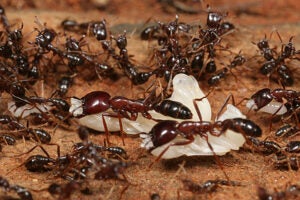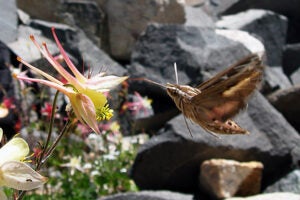Tag: Proceedings of the Royal Society B
-
Nation & World
A big discovery of a tiny critter
Discovery in 16-million-year-old amber is the third species of water bear ever found.
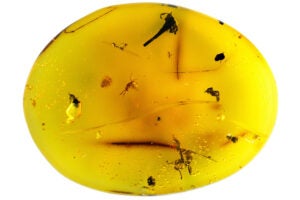
-
Nation & World
Why did some mammals develop tusks?
New study defines and traces the evolution of tusks from the first animals to sport them.
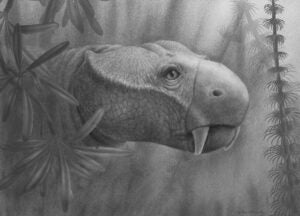
-
Nation & World
Key connection
Scientists have long suggested that the best way to settle the debate about how phenotypic plasticity may be connected to evolution would be to identify a mechanism that controls both. Harvard researchers say they have discovered just such a mechanism in insulin signaling in fruit flies.

-
Nation & World
Taking the long way home
A Harvard graduate student has shown that some Australian and Pacific Island daddy longlegs took an unusual path to their new homes: drifting from the Americas and then island-hopping to their new continental home in Australia.
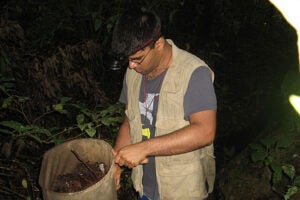
-
Nation & World
Vaccine vacuum
Small increases in vaccine costs can cause large gaps in protection, study finds. Also, vaccine “scares” may do more harm than previously believed to a population’s “herd immunity.”

-
Nation & World
Orphan army ants adopted
Colonies of army ants, whose long columns and marauding habits are the stuff of natural-history legend, are usually antagonistic to each other, attacking soldiers from rival colonies in border disputes that keep the colonies separate. But new work by a researcher at the Harvard Museum of Comparative Zoology and colleagues at the University of Copenhagen…
